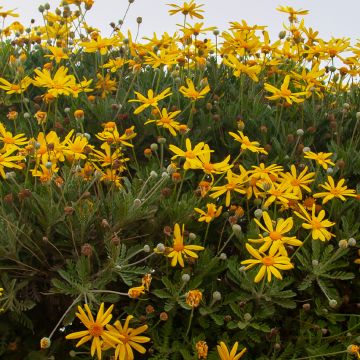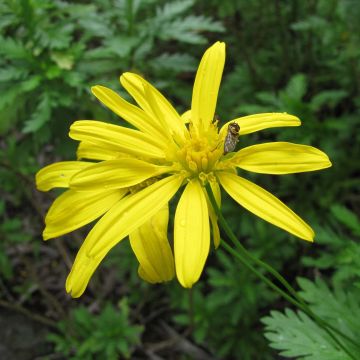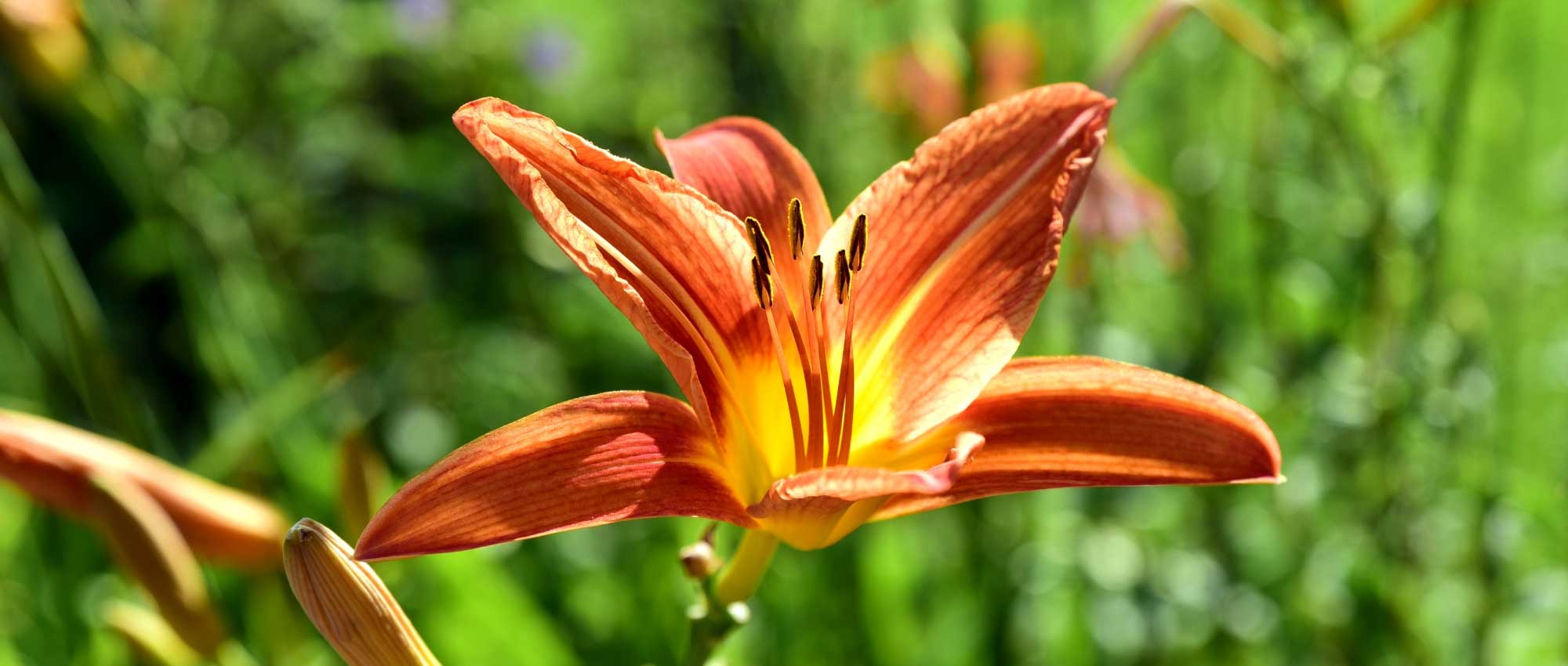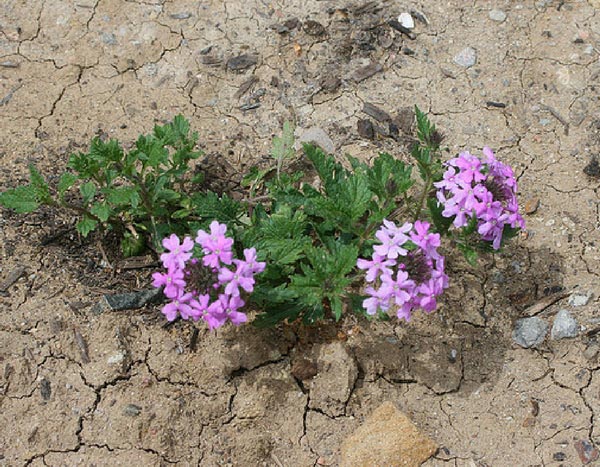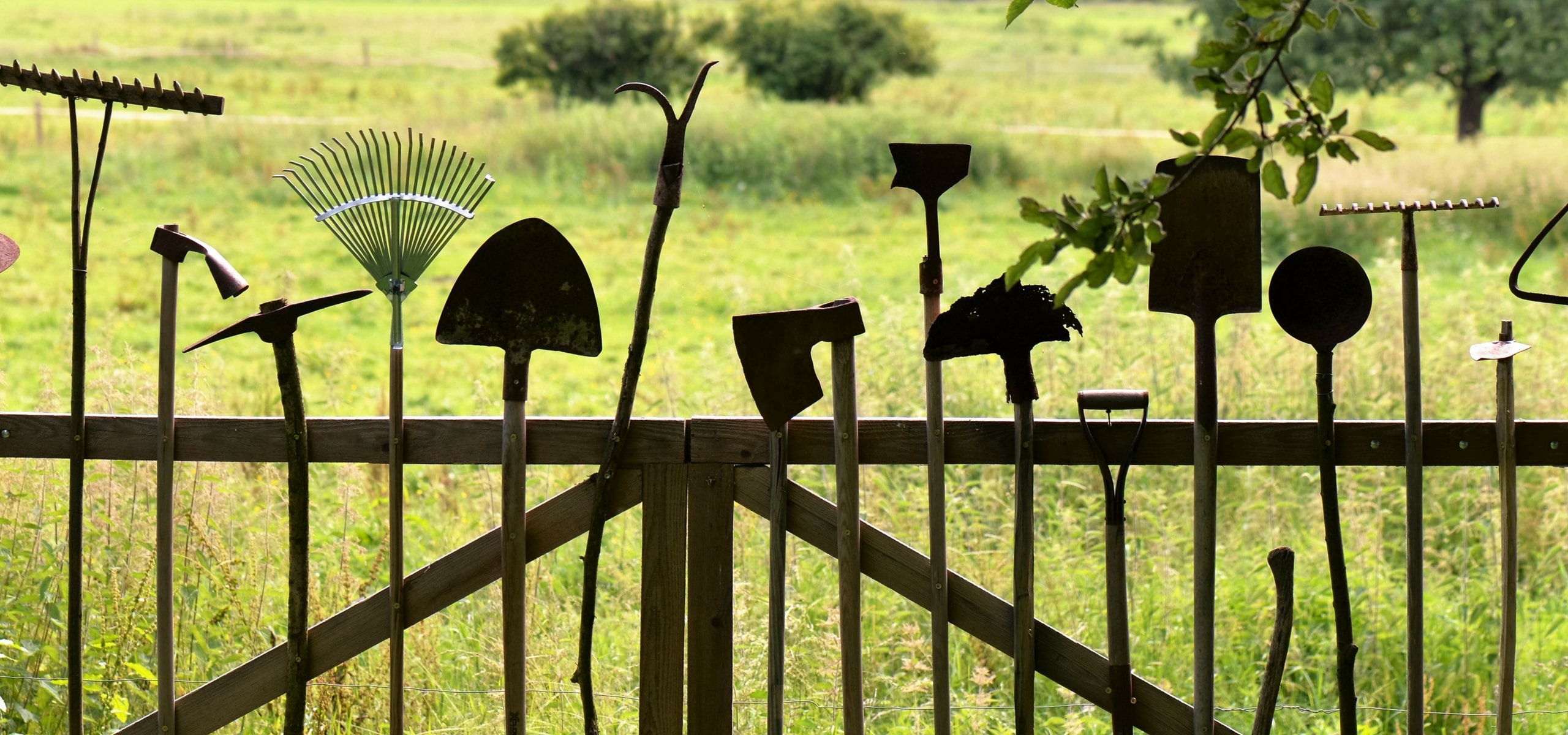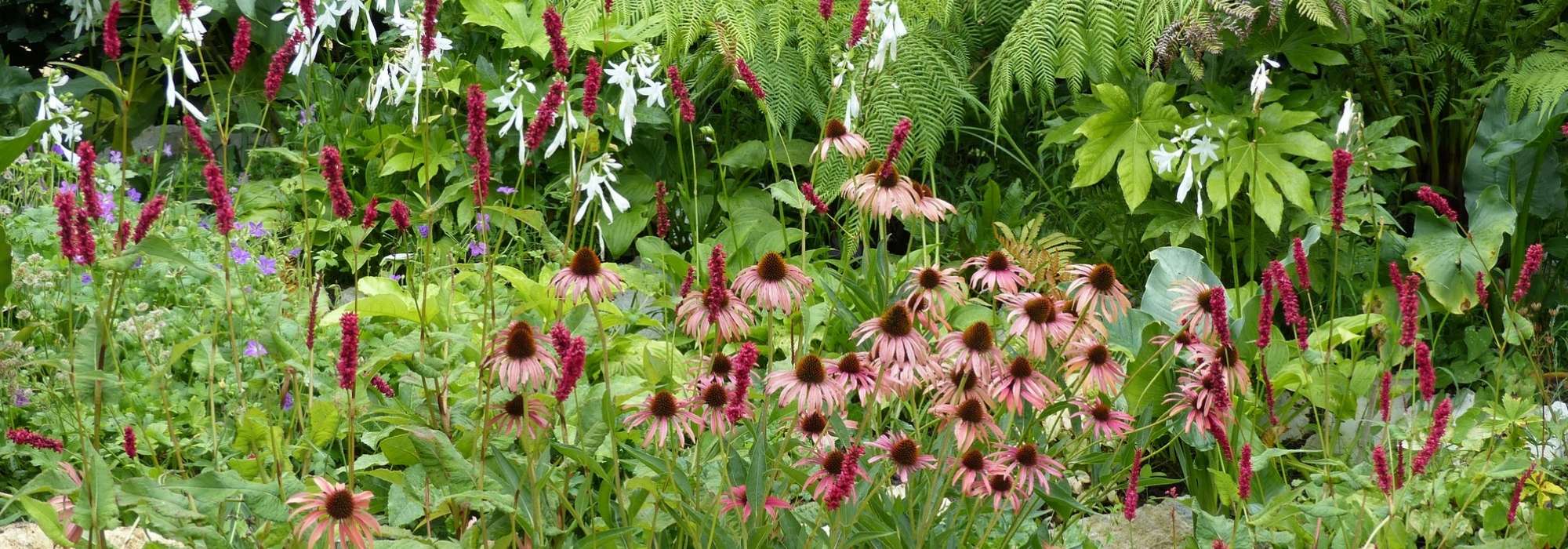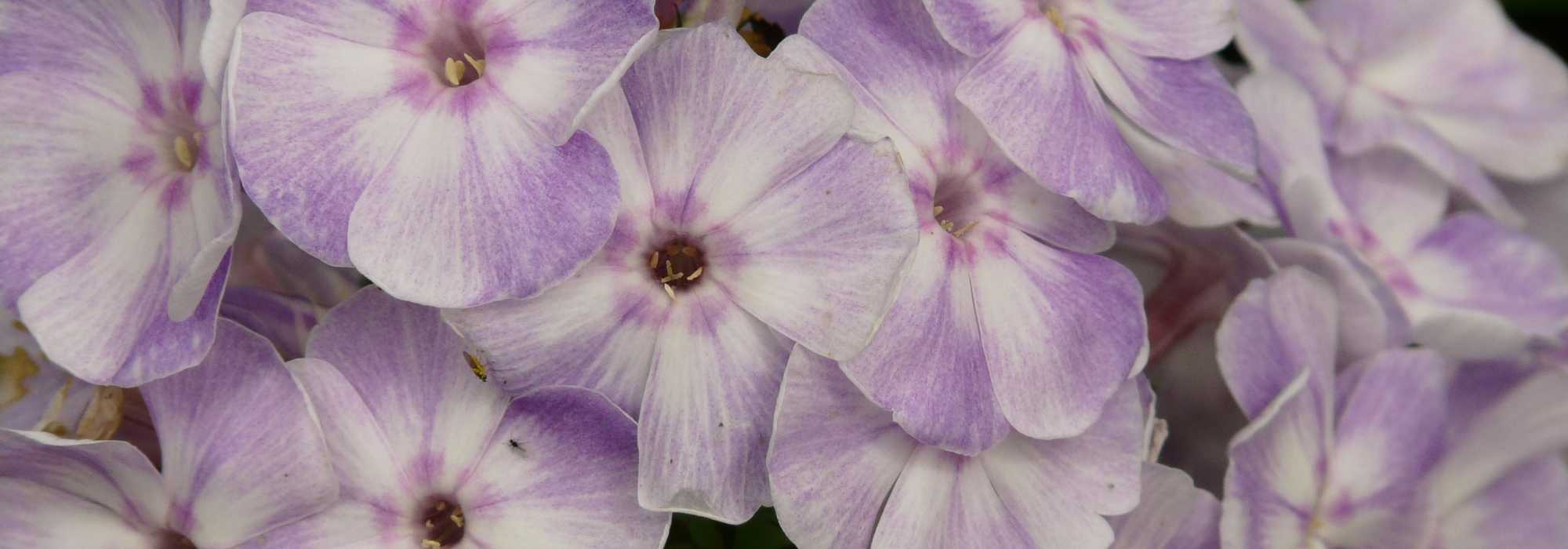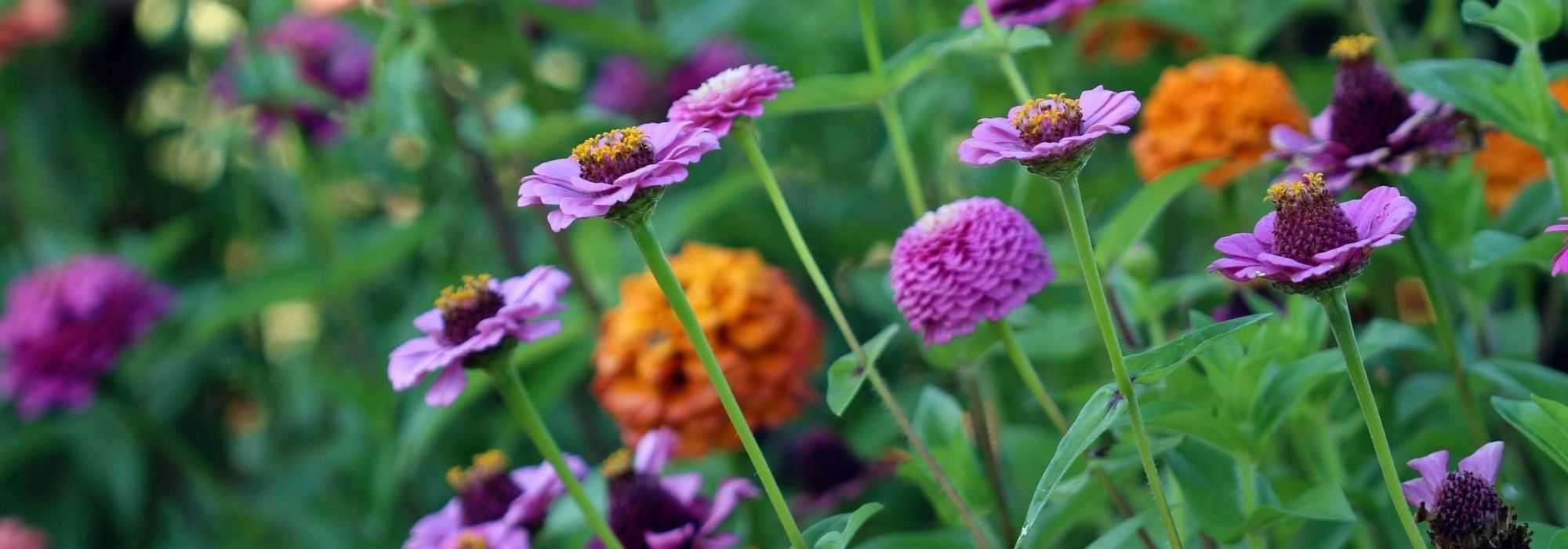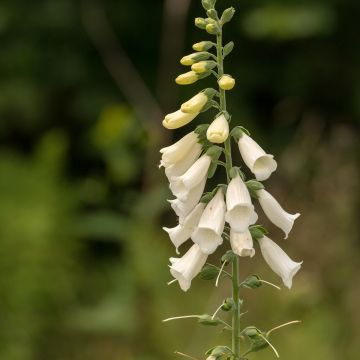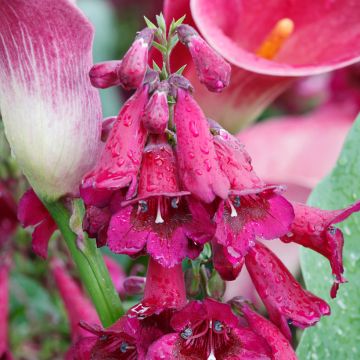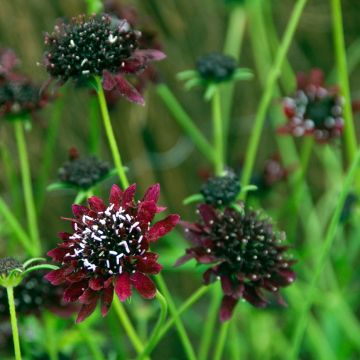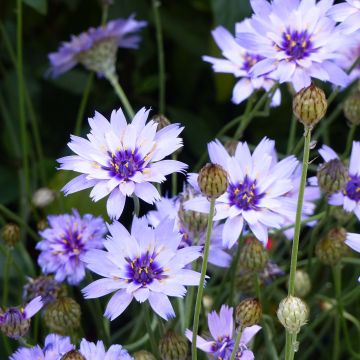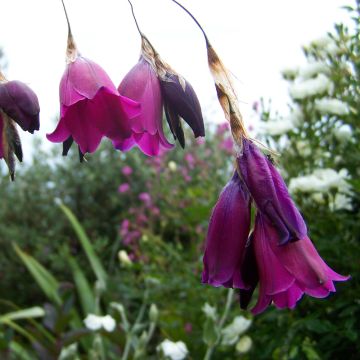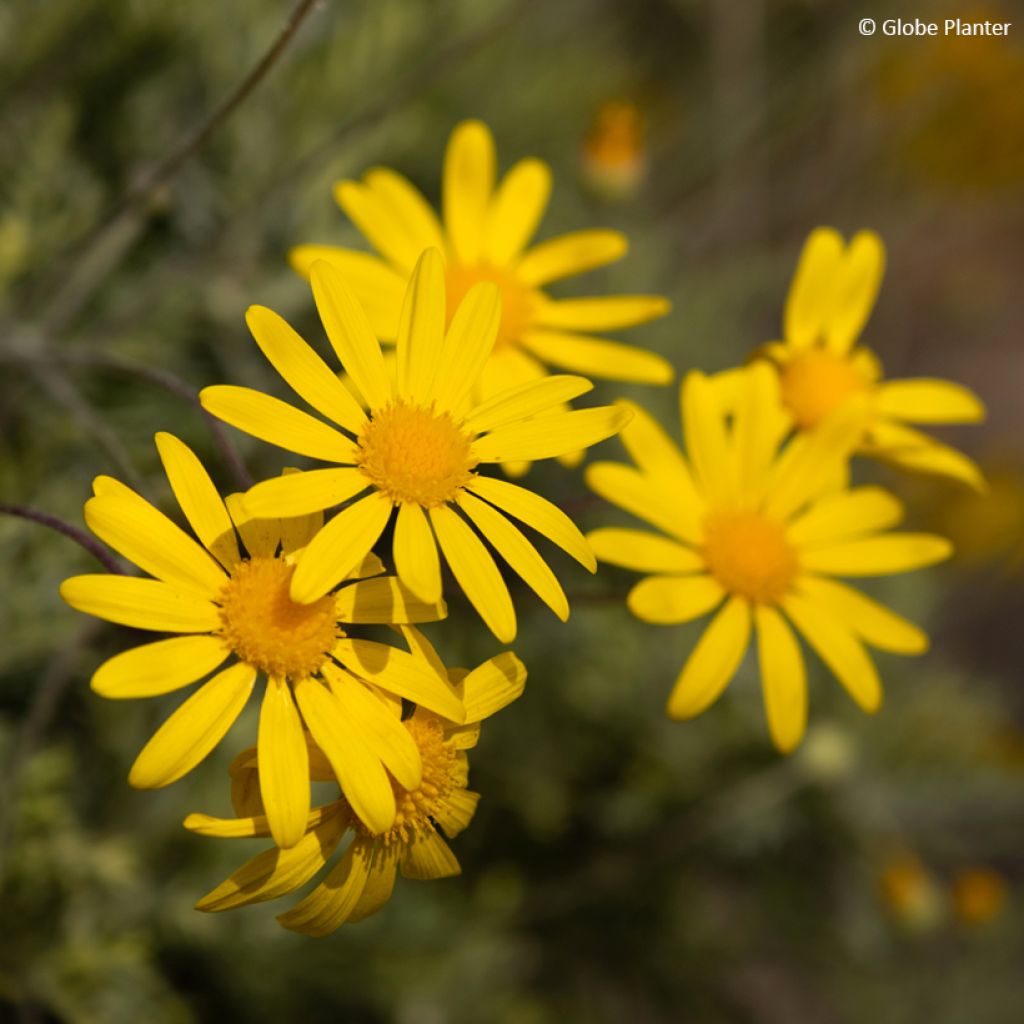

Euryops Infinity - African bush daisy
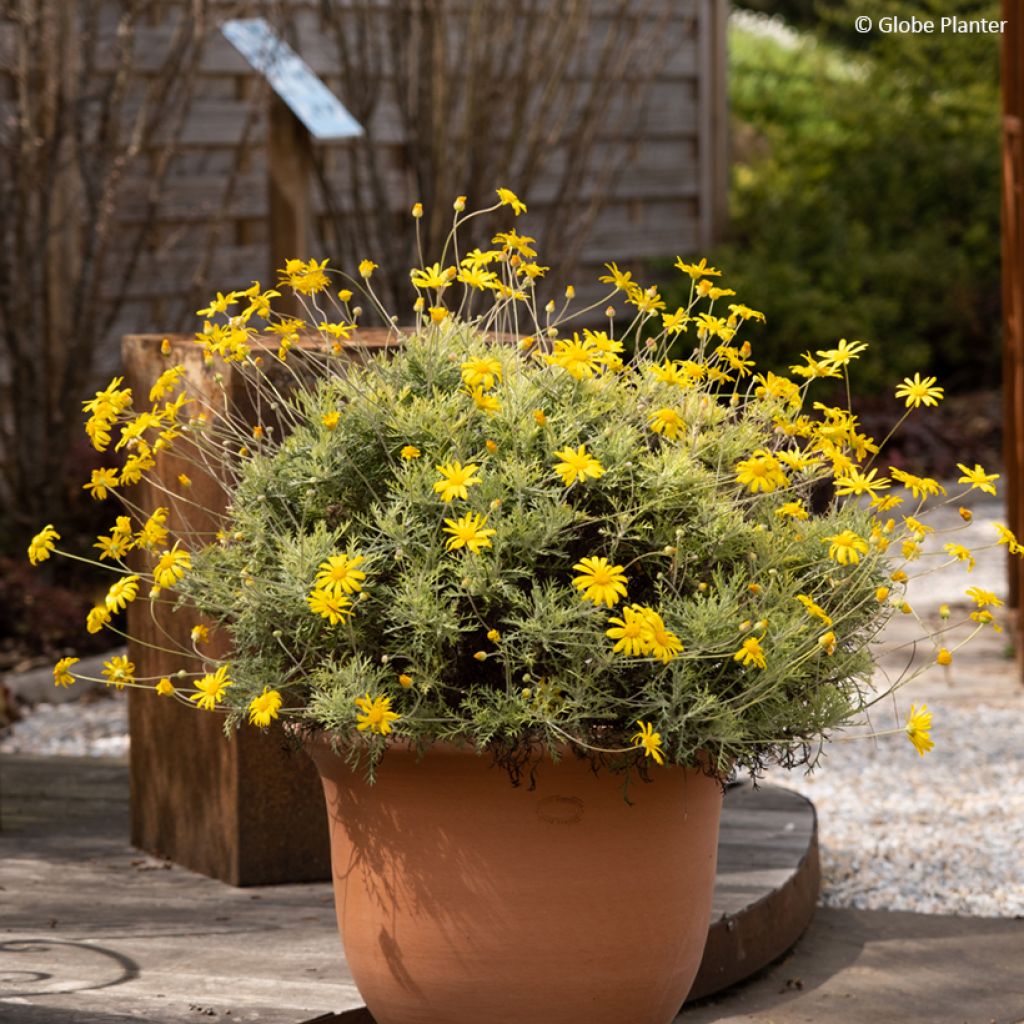

Euryops Infinity - African bush daisy
Euryops Infinity - African bush daisy
Euryops
African bush daisy
Special offer!
Receive a €20 voucher for any order over €90 (excluding delivery costs, credit notes, and plastic-free options)!
1- Add your favorite plants to your cart.
2- Once you have reached €90, confirm your order (you can even choose the delivery date!).
3- As soon as your order is shipped, you will receive an email containing your voucher code, valid for 3 months (90 days).
Your voucher is unique and can only be used once, for any order with a minimum value of €20, excluding delivery costs.
Can be combined with other current offers, non-divisible and non-refundable.
Home or relay delivery (depending on size and destination)
Schedule delivery date,
and select date in basket
This plant carries a 12 months recovery warranty
More information
We guarantee the quality of our plants for a full growing cycle, and will replace at our expense any plant that fails to recover under normal climatic and planting conditions.
Would this plant suit my garden?
Set up your Plantfit profile →
Description
Euryops 'Infinity' is a variety of African bush daisy that is particularly compact, relatively hardy (down to -7°C), and prized for its endless bright yellow flowering and its finely cut evergreen foliage. This bushy and well-branched plant is also charming for its easy maintenance and drought resistance when planted in the ground. In beds or pots, summer or winter, it shines like the sun!
Euryops 'Infinity' belongs to the Asteraceae family. It is nicknamed "shrub daisy," "Cape marguerite," or "African bush daisy." 'Infinity' is a hybrid, likely resulting from the cross-breeding between Euryops pectinatus and E. chrysanthemoides, two South African species. This is a fast-growing shrubby perennial. It forms a small, dense, rounded bush, reaching 50 to 70 cm in height and 50 cm in width. The stems are semi-woody at the base, with flexible, well-branched stems. The foliage can be evergreen in winter, provided it doesn't freeze too hard. It consists of finely divided, 4 to 10 cm long leaves, which are dark green to grey-green depending on the season. They give the plant a light and airy appearance. The flowering is one of the major assets of this Euryops 'Infinity'. The flower heads, resembling daisies, feature bright yellow ligulate florets surrounding a central disc of the same colour. Each head is about 5 cm in diameter, borne on a long, upright stem. Flowering lasts from spring to autumn, with peaks at the start and end of the season, and can extend into winter in mild climates.
Euryops are easy-to-grow plants in mild climates, where they prove extremely generous. In a coastal garden, pair the 'Infinity' variety with lavandins, Santolina chamaecyparissus, Helichrysum italicum, or even Gaura lindheimeri 'Whirling Butterflies': all share the same cultivation requirements and complement its sunny flowering. It withstands wind and sea spray, tolerates drought, and adapts to any well-drained soil. It will thrive in a large pot on a sheltered terrace or balcony. Gardeners in more continental regions, where winters are harsh and wet, should bring it indoors to a lightly heated greenhouse.
Report an error about the product description
Euryops Infinity - African bush daisy in pictures
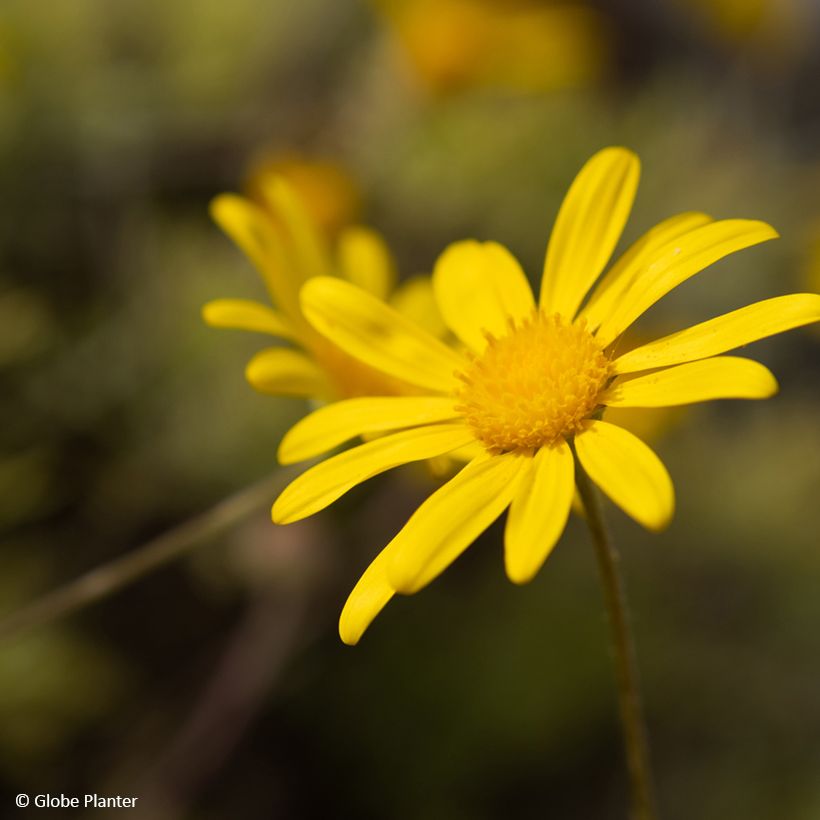



Flowering
Foliage
Plant habit
Botanical data
Euryops
Asteraceae
African bush daisy
Cultivar or hybrid, South Africa
Other Euryops - African Bush Daisy
View all →Planting and care
Plant Euryops 'Infinity' in the ground or in pots. In the garden, place it in ordinary, well-loosened, sandy, stony or humus-bearing soil, not too rich but very well-drained. This plant tolerates limestone in the soil quite well, but it struggles with clay soils and waterlogged conditions in winter, which reduce its hardiness. It will regrow fairly easily from the ground in spring if the aerial parts have been damaged by frost, down to -7°C. Good protection such as winter fleece should be provided in the garden. Summer drought is not a problem once the Euryops is well-rooted, but occasional watering will encourage flowering. Euryops prefers naturally temperate climates near the sea or ocean. It tolerates sea spray well and thrives in sunny positions. Regularly remove faded flowers, and prune after each flush of flowering: new growth occurs even on woody stems.
Container cultivation: prepare a mix of garden soil, perlite, leaf compost and coarse sand. Fill a pot of 30 to 50 cm in diameter, with the bottom lined with a thick drainage layer made of clay pebbles, pumice or broken terracotta. Monitor watering in summer and apply slow-release fertiliser in spring. Repot every 2 years into a slightly larger container. Overwinter the plant frost-free and reduce watering.
Propagation by cuttings after flowering, or by sowing, should be done occasionally to rejuvenate this short-lived plant.
Pests and diseases: no specific diseases are known in our climate.
Planting period
Intended location
Care
Planting & care advice
This item has not been reviewed yet - be the first to leave a review about it.
Similar products
Haven't found what you were looking for?
Hardiness is the lowest winter temperature a plant can endure without suffering serious damage or even dying. However, hardiness is affected by location (a sheltered area, such as a patio), protection (winter cover) and soil type (hardiness is improved by well-drained soil).

Photo Sharing Terms & Conditions
In order to encourage gardeners to interact and share their experiences, Promesse de fleurs offers various media enabling content to be uploaded onto its Site - in particular via the ‘Photo sharing’ module.
The User agrees to refrain from:
- Posting any content that is illegal, prejudicial, insulting, racist, inciteful to hatred, revisionist, contrary to public decency, that infringes on privacy or on the privacy rights of third parties, in particular the publicity rights of persons and goods, intellectual property rights, or the right to privacy.
- Submitting content on behalf of a third party;
- Impersonate the identity of a third party and/or publish any personal information about a third party;
In general, the User undertakes to refrain from any unethical behaviour.
All Content (in particular text, comments, files, images, photos, videos, creative works, etc.), which may be subject to property or intellectual property rights, image or other private rights, shall remain the property of the User, subject to the limited rights granted by the terms of the licence granted by Promesse de fleurs as stated below. Users are at liberty to publish or not to publish such Content on the Site, notably via the ‘Photo Sharing’ facility, and accept that this Content shall be made public and freely accessible, notably on the Internet.
Users further acknowledge, undertake to have ,and guarantee that they hold all necessary rights and permissions to publish such material on the Site, in particular with regard to the legislation in force pertaining to any privacy, property, intellectual property, image, or contractual rights, or rights of any other nature. By publishing such Content on the Site, Users acknowledge accepting full liability as publishers of the Content within the meaning of the law, and grant Promesse de fleurs, free of charge, an inclusive, worldwide licence for the said Content for the entire duration of its publication, including all reproduction, representation, up/downloading, displaying, performing, transmission, and storage rights.
Users also grant permission for their name to be linked to the Content and accept that this link may not always be made available.
By engaging in posting material, Users consent to their Content becoming automatically accessible on the Internet, in particular on other sites and/or blogs and/or web pages of the Promesse de fleurs site, including in particular social pages and the Promesse de fleurs catalogue.
Users may secure the removal of entrusted content free of charge by issuing a simple request via our contact form.
The flowering period indicated on our website applies to countries and regions located in USDA zone 8 (France, the United Kingdom, Ireland, the Netherlands, etc.)
It will vary according to where you live:
- In zones 9 to 10 (Italy, Spain, Greece, etc.), flowering will occur about 2 to 4 weeks earlier.
- In zones 6 to 7 (Germany, Poland, Slovenia, and lower mountainous regions), flowering will be delayed by 2 to 3 weeks.
- In zone 5 (Central Europe, Scandinavia), blooming will be delayed by 3 to 5 weeks.
In temperate climates, pruning of spring-flowering shrubs (forsythia, spireas, etc.) should be done just after flowering.
Pruning of summer-flowering shrubs (Indian Lilac, Perovskia, etc.) can be done in winter or spring.
In cold regions as well as with frost-sensitive plants, avoid pruning too early when severe frosts may still occur.
The planting period indicated on our website applies to countries and regions located in USDA zone 8 (France, United Kingdom, Ireland, Netherlands).
It will vary according to where you live:
- In Mediterranean zones (Marseille, Madrid, Milan, etc.), autumn and winter are the best planting periods.
- In continental zones (Strasbourg, Munich, Vienna, etc.), delay planting by 2 to 3 weeks in spring and bring it forward by 2 to 4 weeks in autumn.
- In mountainous regions (the Alps, Pyrenees, Carpathians, etc.), it is best to plant in late spring (May-June) or late summer (August-September).
The harvesting period indicated on our website applies to countries and regions in USDA zone 8 (France, England, Ireland, the Netherlands).
In colder areas (Scandinavia, Poland, Austria...) fruit and vegetable harvests are likely to be delayed by 3-4 weeks.
In warmer areas (Italy, Spain, Greece, etc.), harvesting will probably take place earlier, depending on weather conditions.
The sowing periods indicated on our website apply to countries and regions within USDA Zone 8 (France, UK, Ireland, Netherlands).
In colder areas (Scandinavia, Poland, Austria...), delay any outdoor sowing by 3-4 weeks, or sow under glass.
In warmer climes (Italy, Spain, Greece, etc.), bring outdoor sowing forward by a few weeks.































